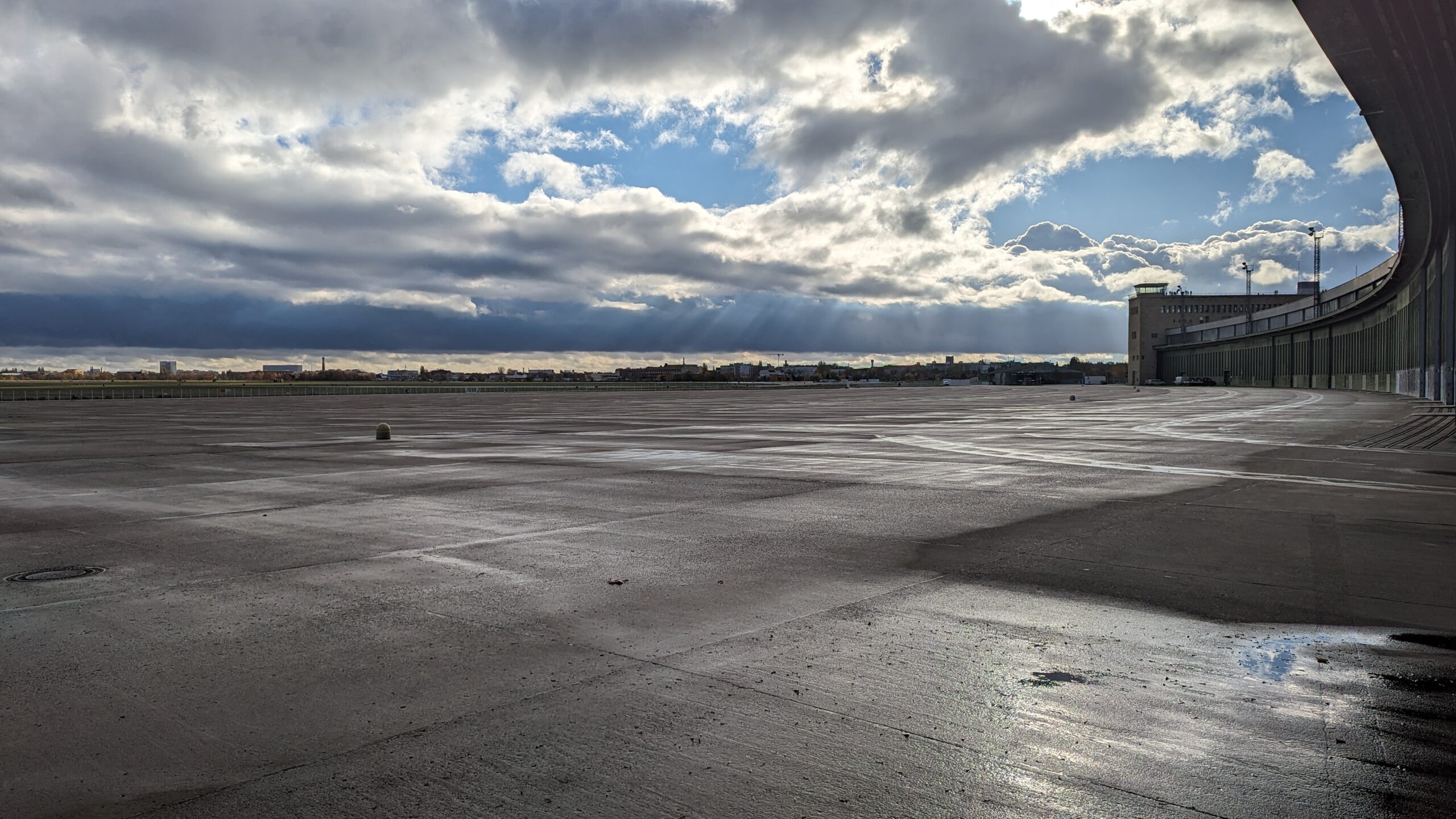
Monitoring of Sealed Surface
Monitoring sealed surface is essential for natural climate protection, as sealed soils significantly limit the soil’s carbon storage capacity. Sealed surfaces do not contribute to carbon sequestration, leading to a net release of CO₂ and other greenhouse gases, thereby negatively affecting the natural carbon cycle. Additionally, these surfaces absorb significantly more solar energy than unsealed soils, contributing to the formation of urban heat islands and increasing temperatures, particularly in cities.
Beyond climatic effects, sealing has far-reaching hydrological impacts. Sealed surfaces reduce the potential for groundwater recharge, as precipitation cannot infiltrate. Instead, they increase surface runoff, raising the risk of flooding and overloading drainage systems during heavy rainfall events. The drying out of adjacent unsealed soils decreases water availability for vegetation, reducing the resilience of urban flora to climatic extremes, such as droughts. Continuous monitoring of sealing and unsealing processes is therefore indispensable for identifying trends early, guiding urban planning measures, and adapting urban environments to climate change.